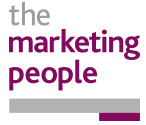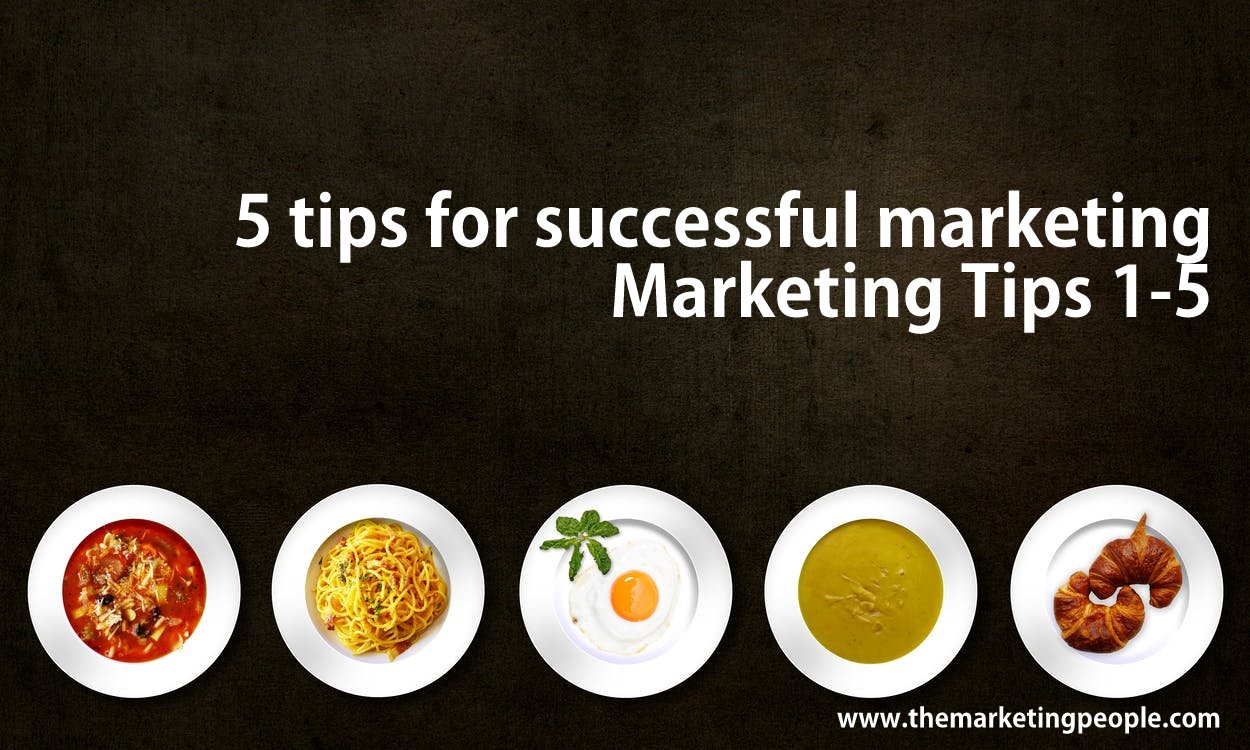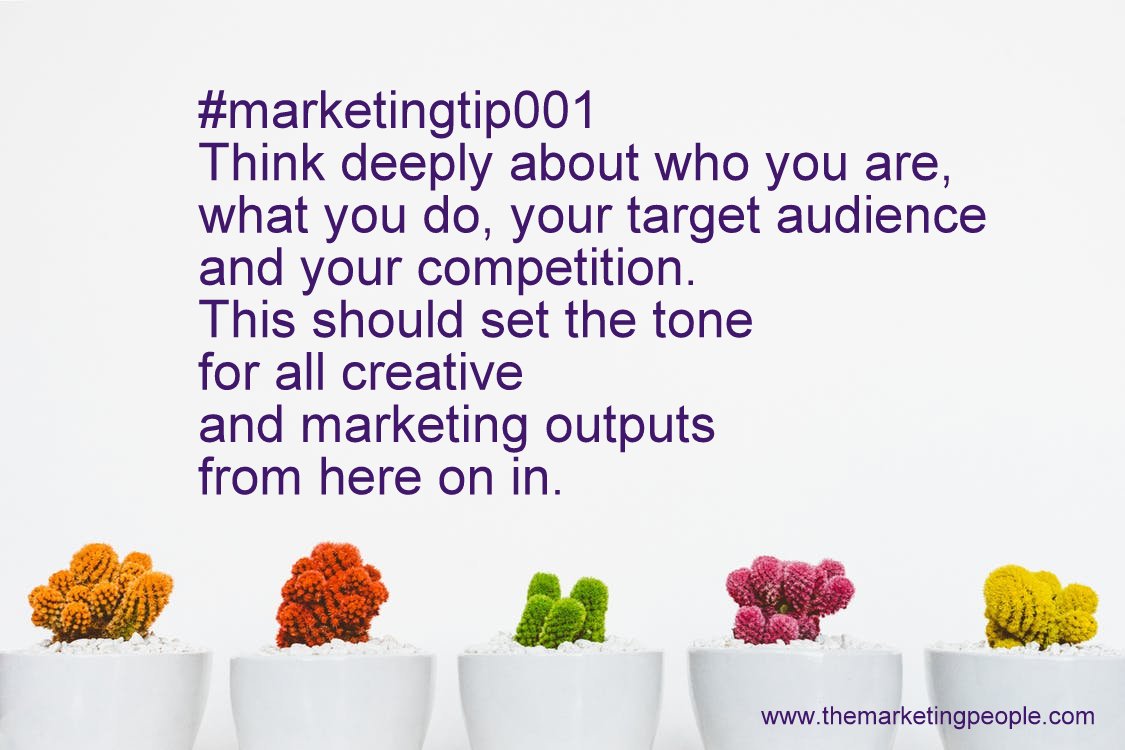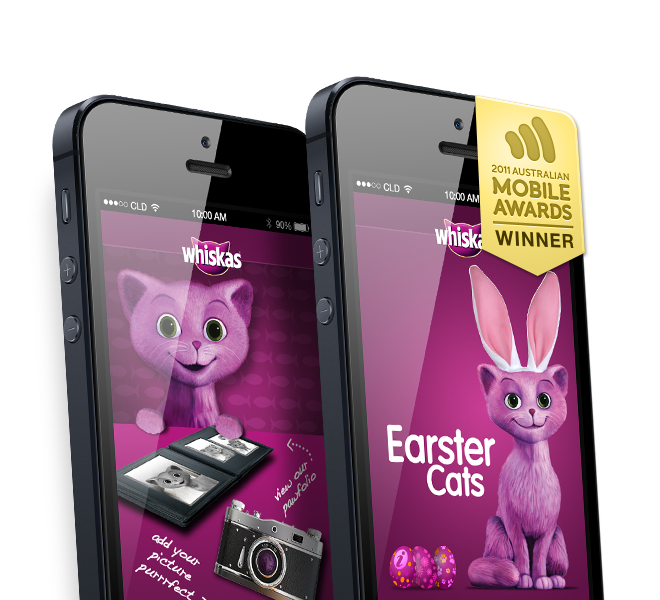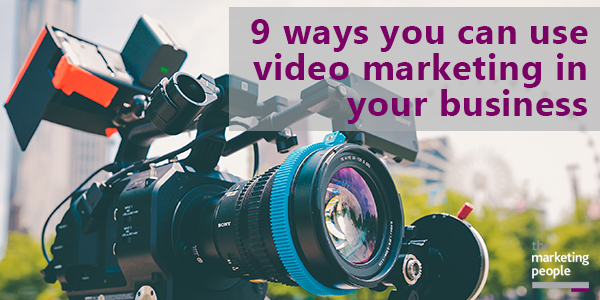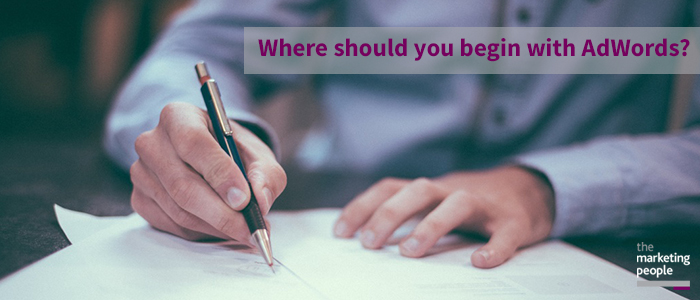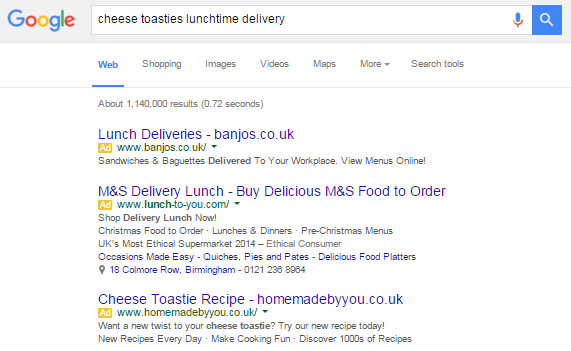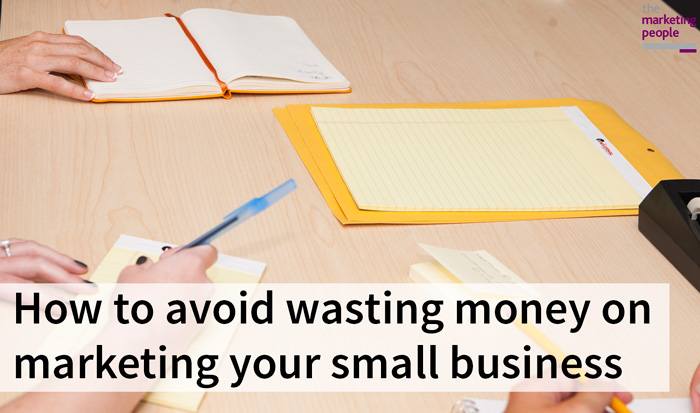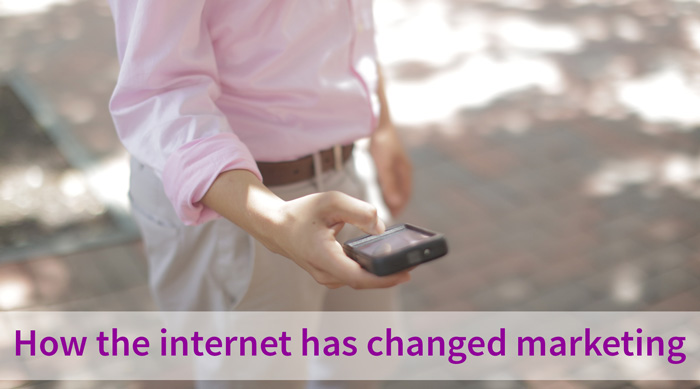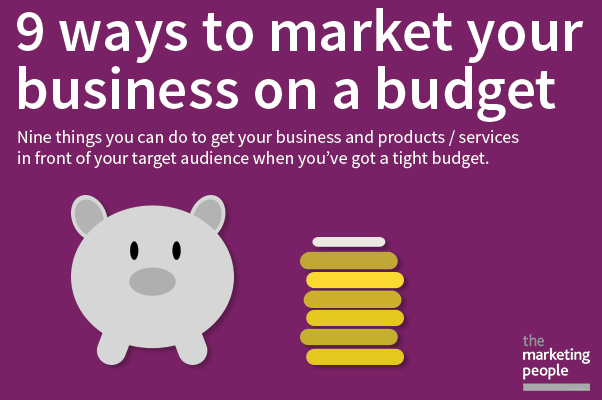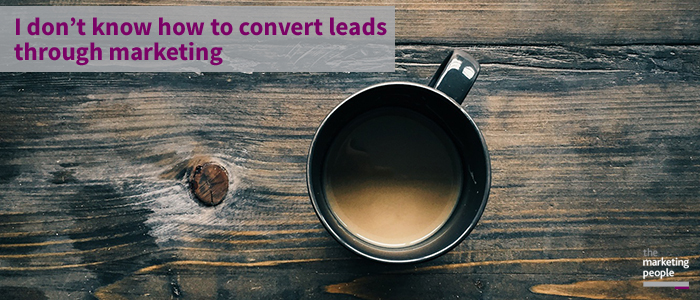

Sales and Marketing should work in harmony. With marketing creating your leads, and sales closing them. However, in smaller companies, sales and marketing can be the same function. Meaning you have to carefully consider and create your marketing, and close the sale too.
So what can you do within your marketing to convert leads earlier? We have 7 points that will help you get more out of your marketing, driving more leads to convert.
Understand the buyer
Understand the buyer journey and that not every lead is the same. If you know generally what your buyer journey is, you know when to go for the sale, and when to leave it for another week.
Not every lead is the same. Some will come in red hot, others will take a long time to even become warm. But if you understand where on the journey they are, you can prioritise and personalise your own actions towards them.
Gain pleasure, avoid pain
It is said as humans we are driven by two things, to gain pleasure and avoid pain. So when trying to appeal to your target audience, bear this in mind. What will drive people to listen to you, or even contact you themselves, is if you offer something that will give you great pleasure and happiness, or that will let them avoid pain or negativity.
For example, Amazon, the huge retail giant that they are, are still always looking to improve the customer experience. One pain their customers were experiencing was not being home for their deliveries. Or worrying it may not be left in a safe place. Amazon introduced ‘amazon lockers’ in convenient locations. So people could grab their delivery in their lunch break or on their way home. Customers who may not have bought that extra purchase as they couldn’t guarantee the delivery day, now have a safe, and easy alternative. Taking away those second thoughts of whether they should buy.
Or Pantene released an app to combat the ‘bad hair day’. By analysing the weather reports, they were able to advise which products and styles people should go for. By suggesting the products people should use, and allowing them to see what is available in the Pantene range. They increase their brand awareness, as well as gain extra sales from those suffering a bad hair day!
Make people feel significant
People like to feel like they matter. When you make a purchase you like to feel like the company is thankful for your custom. When you make a big purchase, you like to feel like the effort and energy in the build up has been appreciated. And let’s face it, if a company can make you feel like you are the only person in the world that they appreciate buying their product. And make a big deal about you, you are more likely to go back to them.
It comes down to basic customer service, and making people feel appreciated. It has been found that 60% of consumers will pay more for a better experience. 89% of consumers will begin doing business with a competitor if they receive poor customer service.
This can start off with the basics. Be polite and don’t ignore people. It is all too easy in the fast paced world of social media to ignore posts, but it also quite rude, and effects that customer’s experience. If there are excited about their experience, join in!
For example, Sainsburys made the headlines for their name change of Tiger Bread to Giraffe Bread, all due to a 3 year olds letter. Spotting the similarities between the Giraffes pattern and the pattern on the bread, Lily Robinson (with a little help from her parents) wrote to Sainsburys. Here, Sainsburys could of ignored this letter, put it to one side, as they have no need to change the name. They have other things to be getting on with. But by changing the name and responding to Lily, they proved they care about the opinions of all their customers. Even the little ones, and they value their opinion. By showing that appreciation, Lily’s mom praised the company online, and the story went viral. Which goes to show even the smallest acts of responding to customers, can come back to you in a big way.
Take the time to explain but simplify your solution
Most company’s make 1 of 2 mistakes when talking about their products and services.
They either don’t explain any of what they do, and expect people to understand. Jargon and all, which leaves prospects baffled.
Or they over explain, with a lot of tedious, unnecessary information. Leaving prospects over saturated with information, and looking for the nearest exit.
You need to ensure that your lead knows what you do. But cut the waffle! Keep your solution simple. As the saying goes, if you can’t explain it simply, you don’t understand it. So if you cannot explain if simply, how do you then expect your prospect to understand it?
Qualify people up front
By qualifying leads at the very beginning of the process you save yourself a lot of time. We have all been there. Where someone has shown a vague interest in your product, and you follow up for months with calls and emails, hoping they will become a sale. But this takes time, effort, and may ultimately annoy your prospect in to not responding.
If you know they are not going to convert just yet, but they probably will in the future, focus on marketing to them. If you are not actively pursuing them, you give them chance to soak up your marketing. To learn more about your company and its products. So when the time comes that they require the product or service you sell, they will come to you.
Lead generation systems
Lead generation systems are systems that track the visitors to your website. This has it’s pros and its cons, but it’s something that you may want to consider.
The Pros being that you have companies who have actually visited your website, straight to your inbox, a pre-made list for the day. Dependent on the system, you may already have your contact information already provided for you. So no time needed to put together a prospect list.
The Cons? You do not know who in that company has looked at your website, and you may never know. Someone may have just taken a look at your blogs on their break, and so are not actually qualified to progress to a sale.
You can find a number of lead generation systems online, but a few examples are Lead Forensics, OnMonitoring and wow analytics.
Automation
Email automation can take a lot of marketing time off your hands. Whilst still leading prospects further through the buying cycle.
Email automation works with emails that are triggered by a click, a visit to a certain page or a time limit. For example, you have probably experienced when you buy something online, a few days after your purchase, you receive a thank you email, perhaps with a discount off your next purchase. This is a great use of automation, by making the customer feel valued and enticing them to come back and shop again. You can use this for your company but catered to your own services and products.
So there are a few ways you can use email automation. Here on some examples on using it for money off deals, to thank people for visiting, to get them to share their experience or feedback, to get them to buy their saved basket, and to buy a product again.
The Money Off Deal
A money off deal is great for a number of reasons. Your customers feel valued and appreciated, and you can prompt customers to spend with you again quite quickly.
Here, Achica use automation to send a seasonally relevant promotion, which is clear, easy to remember, and gives you two options of browsing or shopping. Customers feel valued, and you increase your sales with their next order.

Saving your basket

After being bought to the nation’s attention by a Barclaycard advert, companies can send money off emails to customers who have filled their basket, but left the site, to prompt them to come back and complete the sale. Though money off isn’t always needed, sometimes just the knowledge that they have saved your basket and you can return to it when you wish is all you need, as Homebase do above.
Thank You
These is a great one for continuing a great experience. If someone has used your service, and the moment has now passed, remind them of the great time they had with a thank you email. By leaving a couple of days before sending this, it gives time for the customer to return to normality, before you remind them of the great times they had, and leave a link where they can book or buy again.

A great example of this would be Dominos Pizza. Not that I eat a lot of pizza (cough) but I receive a fair few of these. A day after eating my lovely pizza, I always receive a thank you email, that thanks me for purchasing, hopes that I enjoyed the order, and I am prompted to order again. If you are still full from last nights pizza (as I usually am) they also give you the opportunity to win free pizza for a year by completing their feedback survey. The button’s right there, so why not just fill it in? And if you can’t even summon the energy to type, they’ve included their blog too, so you can go and have a read instead.
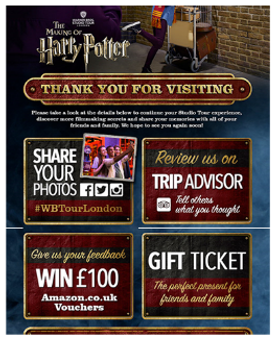
Harry Potter World reintroduce the excitement back to the customer, and offer plenty of opportunities to keep on interacting, such as sharing their photos, writing on trip advisor, and even the chance to win a prize.
Share your experience
Sometimes you don’t necessarily want another sale straight away. You know the customer has spent money with you, and it may be a while before they spend money again. But by asking for their feedback or opinion on your product or service, you are still showing them appreciation of their service and gaining good data for yourselves.
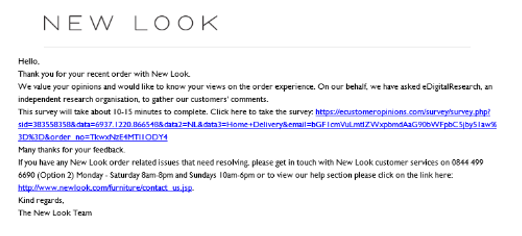
New Look haven’t done their best here. From a very plain email to a very messy link, it doesn’t really entice customers to fill out the form. If you are sending an email, make the effort, as this devalues the customer rather than hyping them up.
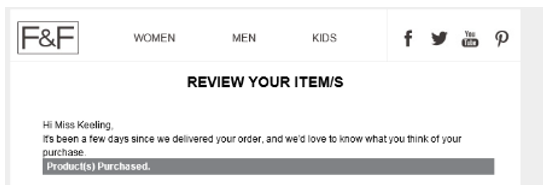
F&F does a better job of getting feedback, offering the chance to review every item you bought, with the pictures to remind you and subtly leave the links back to their shopping pages at the top of the email, to encourage customers to shop again.
Buy it again
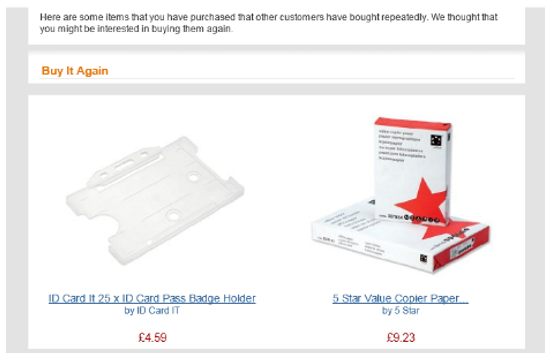
If you offer a product or service that needs to be renewed frequently, you may benefit from the buy it again email, prompting customers to buy products they have already brought. This really would have to be for relevant for products, as you do run the risk of annoying customers by asking them to spend and spend, without really thanking them for their custom.
Amazon do a great job of this here, by offering a prompt rather than a direct sell. However they do link directly back to the products, making it a very easy journey for users.
The best example we’ve seen
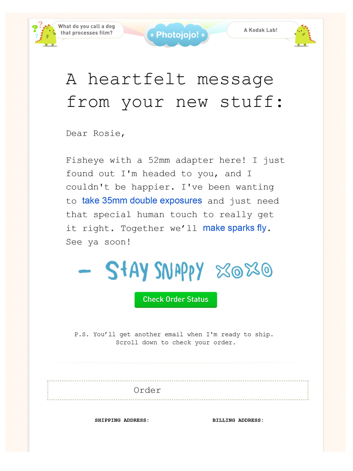
With Photojojo, the communication is good, gives the customer all the information they need. They make them feel good about it, and they’ve made it look good as well. Rosie also received a free plastic dinosaur with the order too, which we feel is great customer service as well as automation at it’s best.
You must remember though, automation is not a substitute for actual contact, it is just a useful tool that can provide help. Ensure you keep a good balance of the actual and the automated to keep your customers happy.
So there you have it, seven things that will hopefully ensure your marketing efforts converts to sales.
If you are struggling with your marketing, or just need some extra advice on how to get the best for your company, then why not give us a call today on 01543 495752.

